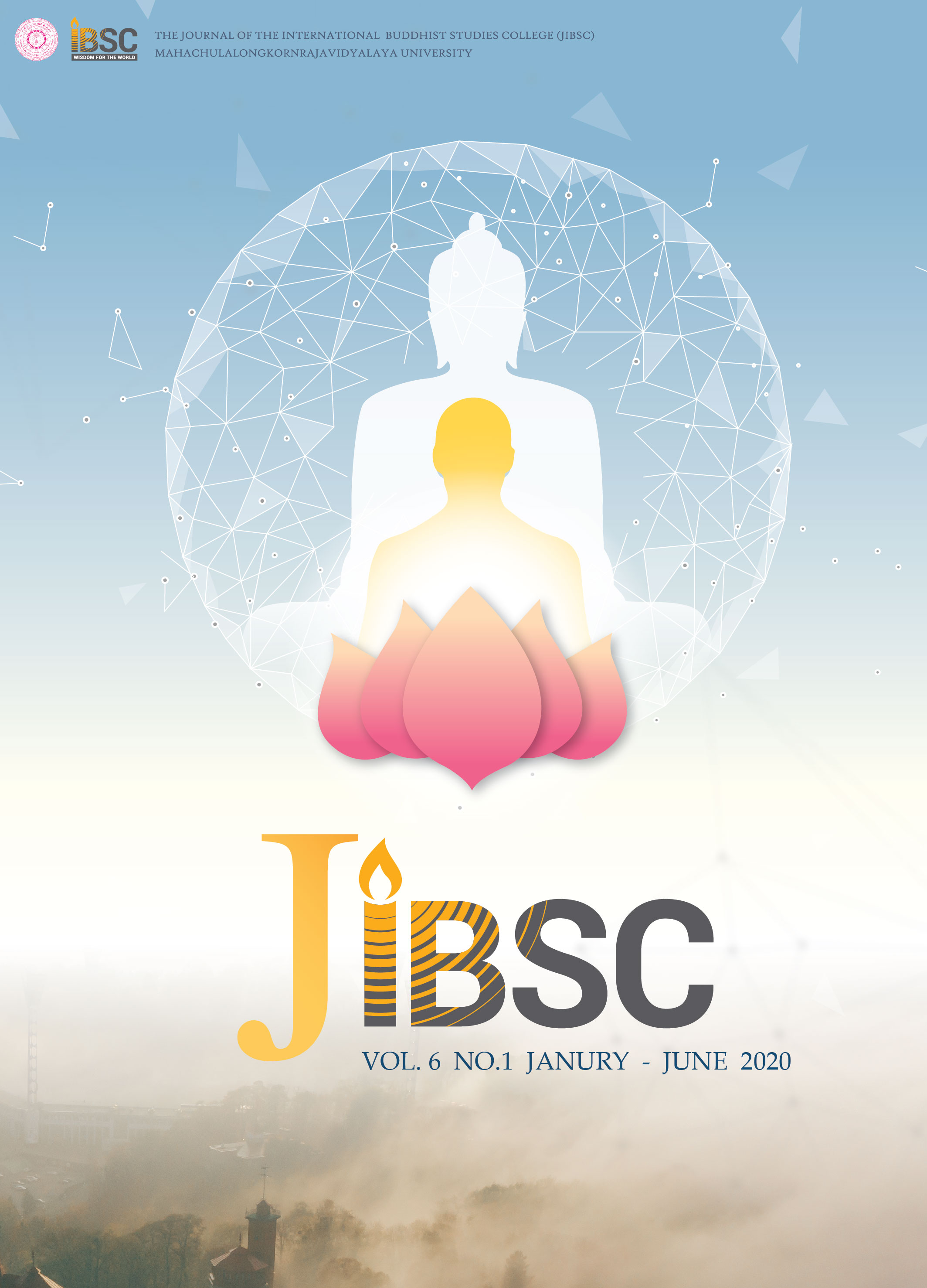The Traditional Studies of Jīvaka Komārabhacca, The Buddha’s Doctor in Theravada and Bhaiṣajyaguru, The Medicine Buddha in Vajrayāna
Main Article Content
Abstract
Among many traditions and beliefs, Buddhism is considered as one of the largest religion in the world which now ranks the fourth. Though its scriptures and traditions inform countless subsequent sects and ideologies, Buddhism is largely divided into 2 branches: Theravāda and Mahāyāna. Vajrayāna, a body of teachings attributed to Indian adepts, may be viewed as a separate branch or as an aspect of Mahāyāna Buddhism. This article presents with the conceptual idea that life is a combination of Nāmarūpa, mind: Nāma and matter: Rūpa, used in Buddhism in referring to the constituents of a living being which is mutually dependent, and not separable. In order to train the mind, a practitioner can use mindfulness meditation to practice by oneself. Unlike the body that needs special care and treatment from the medical professional like doctors or physicians. Even all the Buddhas still need the personal doctor who is aspired to become one, as well as the Buddha himself who performs immeasurable power in healing the suffering of all beings. With the great compassion of Bodhicitta to the world, their names – Jīvaka Komārabhacca and Bhaiṣajyaguru – remain as a legend until now. The textual traditions, stories, and some useful guidance for practices with daily mantras for the Buddha’s Doctor in Theravādin tradition and the Medicine Buddha in Vajrayāna tradition are studied and discussed in this article.
Article Details
The Journal of TCI is licensed under a Creative Commons Attribution-NonCommercial-NoDerivatives 4.0 International (CC BY-NC-ND 4.0) licence unless otherwise stated. Please read our Policies page for more information on Open Access, copyright and permissions.


